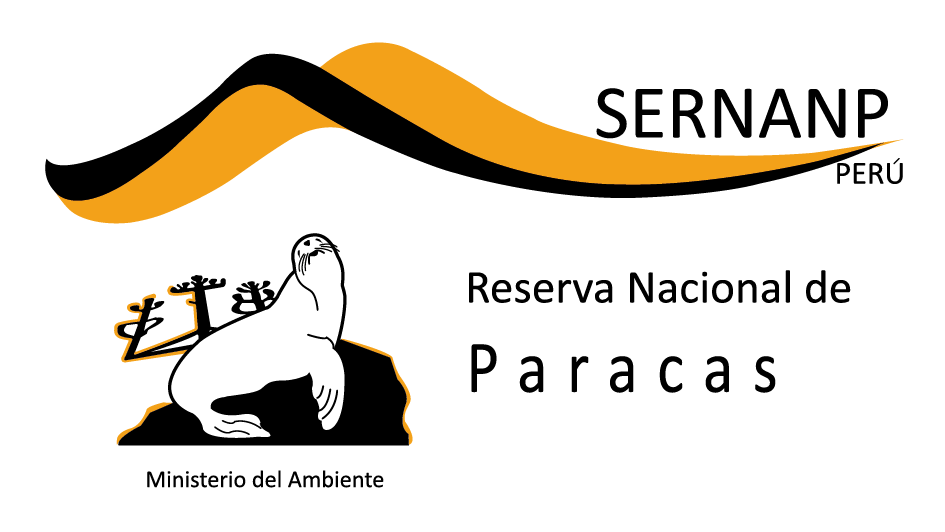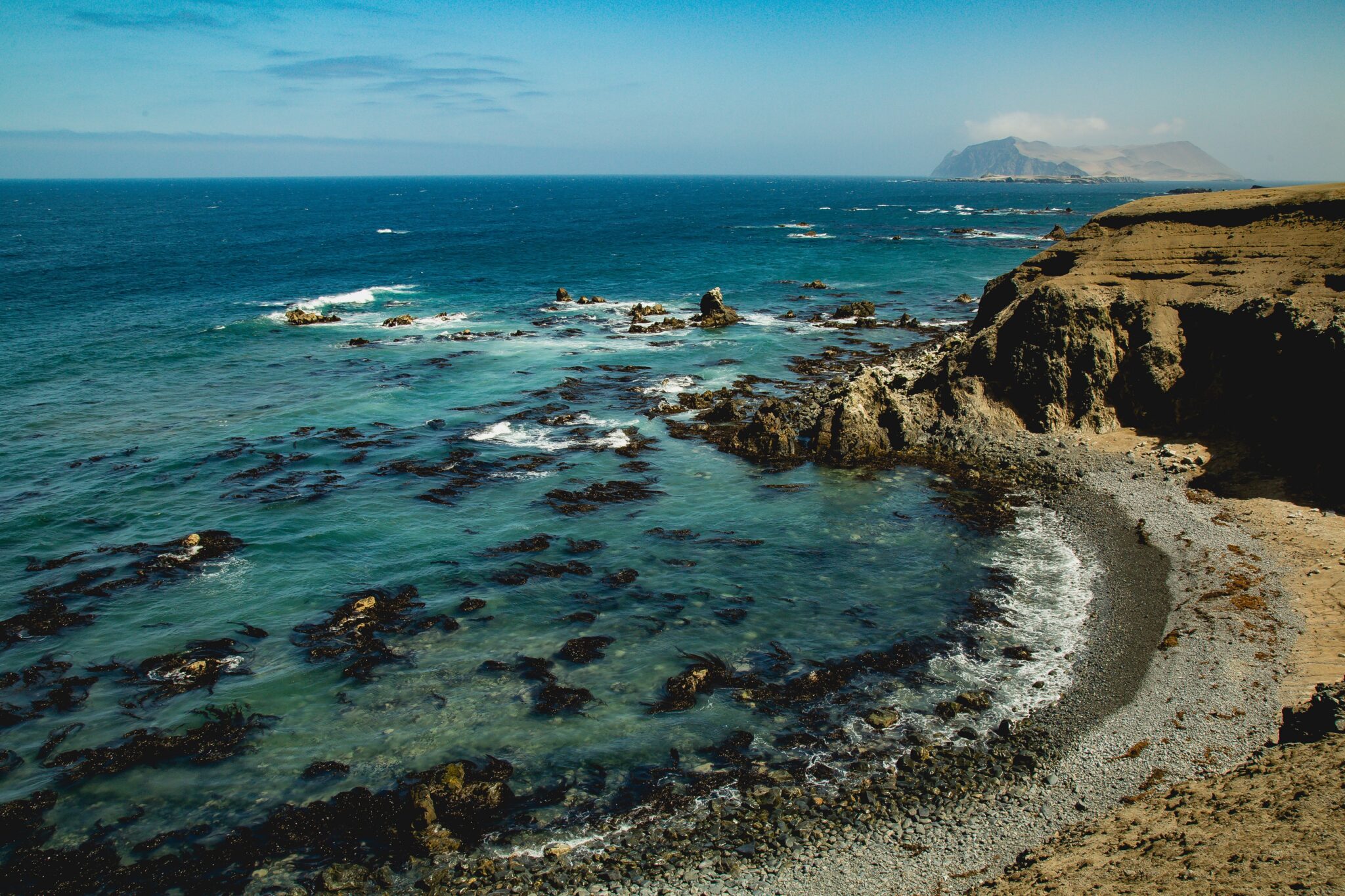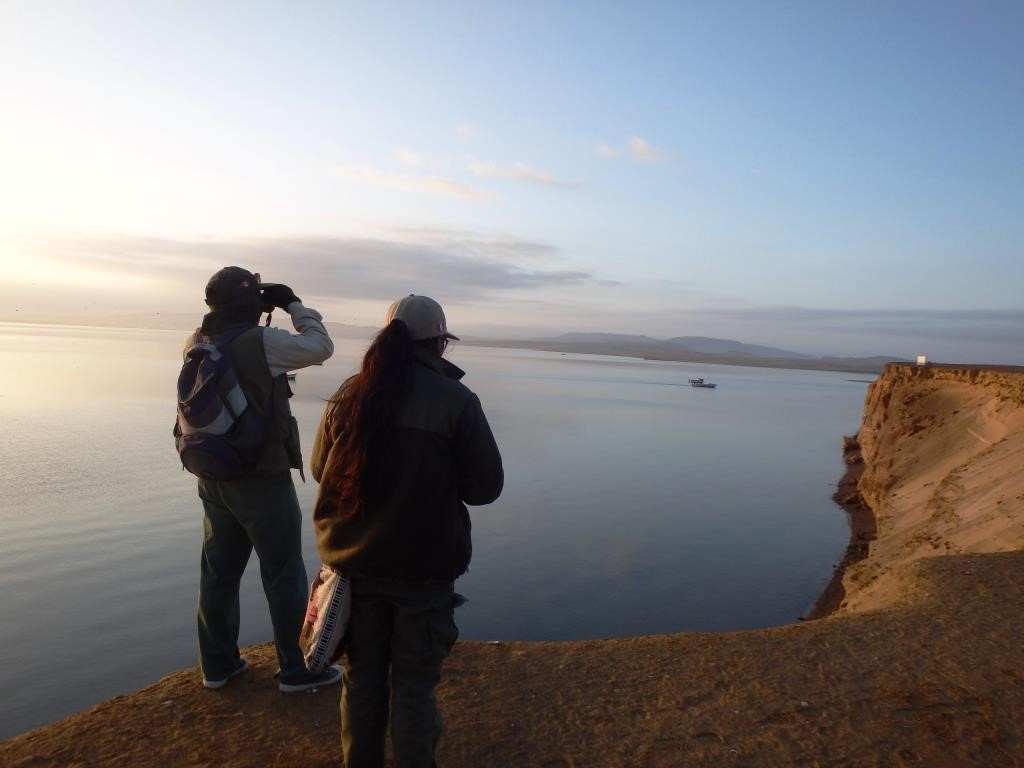The main threats the species is facing are overfishing, gillnetting, disturbance by human activities, and attack by local and introduced predators. Climate change and ocean warming may indirectly affect penguins and their survival rates, through changes in the circulation of currents and effects on food chains. Another threat the species is facing is the fishery. They often die entangled in fishing nets or are hunted for consumption, to be used as bait or for sale as pets. There is also the excessive exploitation of guano, which limits the places chosen by these birds for nesting. Other influencing factors are sea pollution, human disturbance or the effect of predators such as foxes or cats.
Actions carried out by the Reserve’s management:
Awareness raising and environmental education to the different stakeholders of the PNA and its buffer zone, monitoring and control actions, monitoring and control with stakeholders (fishermen) and with authorities, and evaluation of management plans for the extraction of guano from islands. Efforts to regulate the extraction of guano from the islands have been effective on the islands where they have been applied, but extraction on many islands is not monitored, and illegal extraction is taking place in some parts of the species’ area of distribution.






